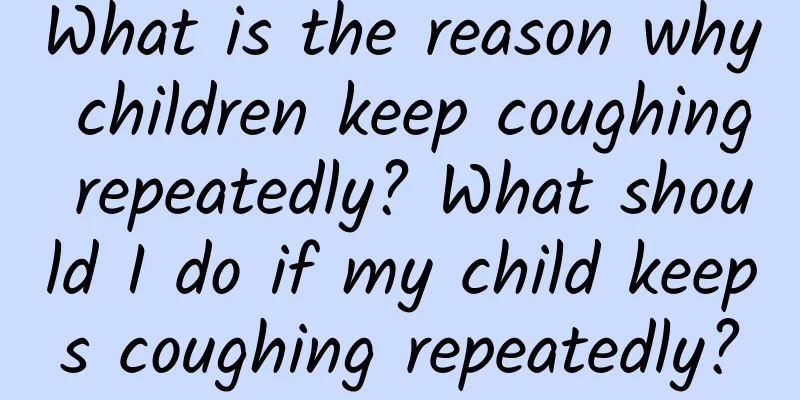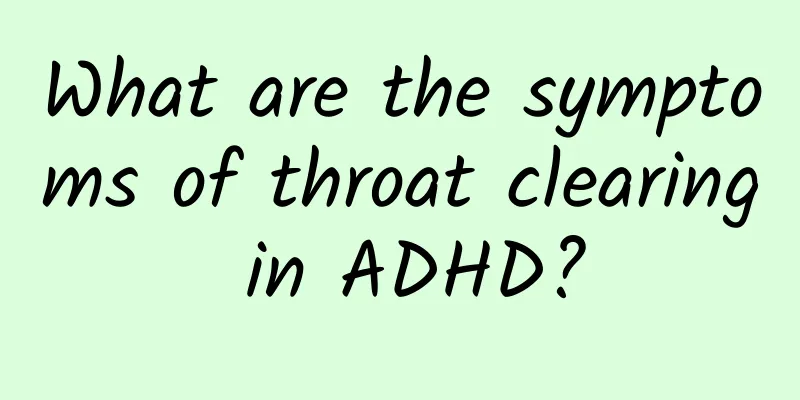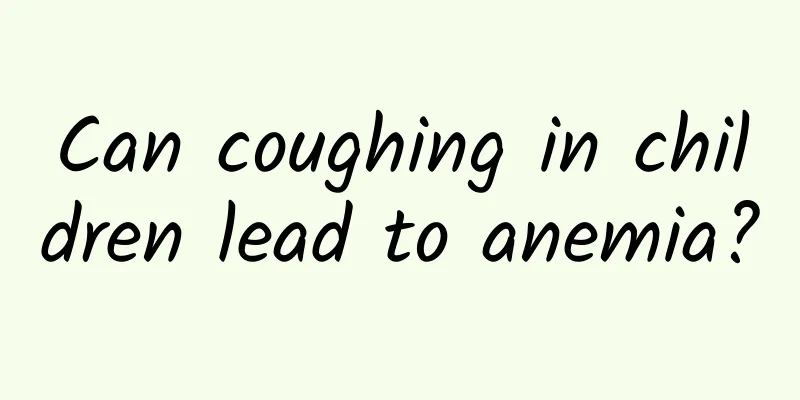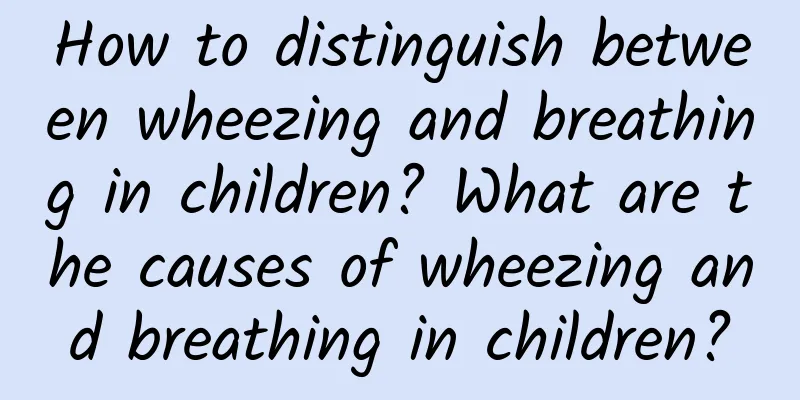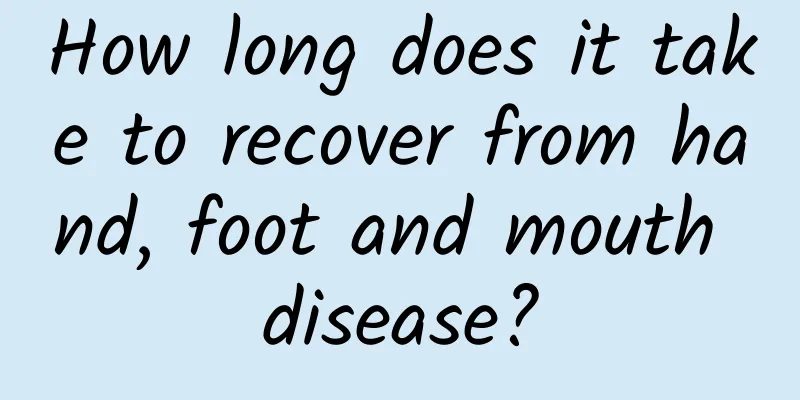What are the symptoms of diarrhea in children?
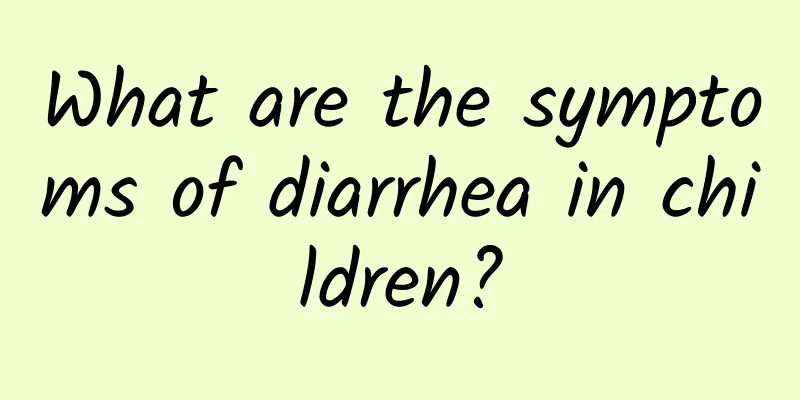
|
There are many symptoms of diarrhea in children, and we are familiar with some of them. However, in order to better deal with this common but extremely troublesome problem, we should have a full understanding of its symptoms. The following is a detailed introduction to the symptoms of diarrhea in children. 1. Digestive tract symptoms During diarrhea, the frequency and volume of bowel movements increase, and the nature of bowel movements changes. Bowel movements may occur more than 3 times a day, or even every 10 to 20 days. The stools may be loose, mushy, watery, or contain mucus, pus, and blood. The nature of the stool is more important than the frequency of bowel movements to determine if diarrhea occurs. If the frequency of bowel movements increases but the stool is formed, it is not diarrhea. Breastfed infants may have 2 to 4 mushy bowel movements a day, which is not diarrhea. Nausea and vomiting are common associated symptoms. In severe cases, patients vomit coffee-like substances. Other symptoms may include abdominal pain, bloating, and loss of appetite. 2. Systemic symptoms Patients with severe illness have obvious systemic symptoms. Most have fever, with body temperature between 38 and 40°C, and a few even above 40°C. They may also appear pale, irritable, listless, drowsy, have convulsions, and even coma. As systemic symptoms worsen, they may cause nervous system, heart, liver, and kidney dysfunction. 3. Disorders of water, electrolyte and acid-base balance The main symptoms are dehydration and metabolic acidosis, sometimes with hypokalemia and hypocalcemia. 4. Dehydration Due to the large amount of water and electrolytes lost due to diarrhea and vomiting, the body's ability to retain water is reduced; severe vomiting, fasting, decreased appetite or refusal to eat reduce the intake of food and fluids; children have fever, faster breathing, and those with acidosis have deeper breathing, which increases insensible water loss. According to the amount and nature of water and electrolyte loss, dehydration is divided into three types: isotonic dehydration (serum sodium concentration 130-150mmol/L) and hypotonic dehydration (serum sodium concentration <130mmoll="">150mmol/L). Most children with acute diarrhea suffer from isotonic dehydration, which is generally manifested by weight loss, thirst and restlessness, pale or gray skin, poor elasticity, sunken anterior fontanelle and eye sockets, dry mucous membranes, decreased tears and urine output. Severe cases can lead to circulatory disorders. The degree of dehydration is divided into mild, moderate and severe types. Dehydration assessment (Table 1) |
<<: What are the symptoms of diarrhea in children?
>>: What are the symptoms of diarrhea in children
Recommend
How is the 999 cold granules for children? There are three taboos to be aware of when using 999 cold granules
The effect of 999 cold granules for children is v...
What to do if there is a lack of nutrition and metabolism? How to prevent a lack of nutrition and metabolism
Prevention of nutritional metabolic deficiencies ...
What is neonatal jaundice
What is neonatal jaundice? 1. The causes of neona...
What does jaundice mean?
Jaundice is actually a symptom caused by increase...
What is tics? What are the causes of tics?
Tourette syndrome is a chronic neurological disor...
How to treat acute laryngitis in children
The treatment of acute laryngitis in children sho...
What are the preventive measures for hand, foot and mouth disease? What are the causes of hand, foot and mouth disease?
Hand, foot and mouth disease is related to season...
What are the precautions for polio patients?
Poliomyelitis is also known as poliomyelitis. In ...
What are the symptoms of ADHD?
Symptoms of tics include motor and vocal tics, wh...
The best treatment for tics
The best treatments for tics include behavioral t...
How to treat an eight-month-old baby's cough? How to treat an eight-month-old baby's cough?
Babies around 8 months old do not have very good ...
Is convulsion in children epilepsy? Common causes of convulsion in children
The symptoms of convulsions in children are very ...
What causes pneumonia in children?
We all know that the environment around us will c...
What should I do if my baby has eczema? How should I take care of my baby on a daily basis?
When babies have eczema, we usually use eczema oi...
How long does it usually take to cure mycoplasma pneumonia in children?
Mycoplasma pneumonia in children is a common resp...

